Alberuni ka bharat | Al Biruni’s India Book In Hindi
Alberuni ka bharat- Al Biruni’s India
- Binding: paperback
- Language: Hindi
- Publisher: Buddham publishers
- Pages: 458
- MRP: 300/-
₹300.00 Original price was: ₹300.00.₹280.00Current price is: ₹280.00. /-
Order Alberuni ka bharat | Al Biruni's India Book In Hindi On WhatsApp
Description
Alberuni ka bharat | Al Biruni’s India Book in Hindi
“Alberuni Ka Bharat” (Al Beruni’s India) is a monumental work written by the Persian polymath, Abu al-Rahyan Muhammad ibn Ahmad al biruni, in the 11th century CE. Widely regarded as one of the most comprehensive and objective accounts of Indian society, culture, science, and philosophy, this book provides unparalleled insights into the subcontinent during the early medieval period. al biruni, a scholar of immense breadth, delved deep into the intricacies of India, seeking to understand its people, traditions, and knowledge systems without prejudice. His work stands as a timeless testament to intellectual curiosity, tolerance, and scholarly rigor.
Context and Background
al biruni wrote this book during the Ghaznavid Empire under Sultan Mahmud of Ghazni’s reign. After Mahmud’s conquests in India, albiruni accompanied the expedition, but unlike many who sought power and wealth, he sought knowledge. al biruni immersed himself in Indian culture, language, and traditions to better understand the diverse civilization. He learned Sanskrit and interacted with Indian scholars, enabling him to study Indian texts such as the Vedas, Upanishads, Puranas, and scientific treatises.
The book, originally titled “Tahqiq ma li’l-Hind” (Researches on India), was translated into various languages and is today celebrated as a pioneering work in comparative cultural studies. al biruni’s aim was to document India objectively, avoiding the biases common in many accounts by foreign travelers and conquerors.
Themes and Structure
“Alberuni Ka Bharat” is organized into distinct sections covering various aspects of Indian life, thought, and society. The work reflects al biruni’s scientific temperament and his multidisciplinary approach, encompassing religion, philosophy, astronomy, mathematics, geography, medicine, and linguistics.
1. Religion and Philosophy
al biruni offers an in-depth exploration of Hindu religious beliefs, rituals, and practices. He examines the concept of dharma, karma, moksha, and the significance of deities in Indian culture. Drawing from sacred texts like the Vedas and Puranas, he explains the philosophical underpinnings of Hinduism, including the metaphysical ideas in the Upanishads and the dualistic schools of thought such as Sankhya and Yoga.
Unlike many of his contemporaries, albiruni refrains from outright criticism or mockery of unfamiliar practices. Instead, he provides a balanced analysis, comparing Indian beliefs with those of Islam, Christianity, and Zoroastrianism. He recognizes the diversity within Indian philosophy, from the materialism of the Charvakas to the spiritualism of the Vedanta school.
One of the most remarkable sections of Alberuni Ka Bharat is albiruni’s exploration of Indian religion and philosophy. His analysis in this part reflects his deep intellectual curiosity and respect for the diversity of thought in India. Unlike many scholars of his time, who viewed foreign religions with hostility or derision, albiruni approached Indian beliefs with an open and analytical mind. His goal was not to judge or criticize but to understand and document the religious and philosophical systems of India as accurately as possible.
Hinduism: Core Concepts
albiruni dedicates significant effort to explaining the core tenets of Hinduism. He recognizes that Hinduism is not a monolithic faith but a vast collection of beliefs, practices, and philosophies.
1. The Concept of Dharma
- albiruni describes dharma as the moral and ethical code that governs human life. He notes its central role in Indian philosophy, emphasizing that dharma varies based on an individual’s caste, stage of life (ashrama), and specific duties.
- He explains how dharma serves as the foundation of social order, guiding individuals in their responsibilities and maintaining harmony within society.
2. The Cycle of Karma and Rebirth
- alberuni provides a detailed account of the Indian belief in karma (action and its consequences) and samsara (the cycle of birth, death, and rebirth).
- He observes that the doctrine of karma underpins Indian morality, teaching that every action has consequences that determine one’s future existence.
- He also explains the ultimate goal of moksha (liberation), where the soul escapes the cycle of rebirth and attains union with the divine.
3. The Concept of God
- al biruni notes the diversity in Indian views of divinity, ranging from polytheism to monotheism to atheism.
- He observes that while many Hindus worship multiple gods, these deities are often seen as manifestations of a single supreme reality, Brahman.
- He compares the Hindu conception of divinity to Islamic monotheism, highlighting both similarities (the belief in a supreme power) and differences (the use of idols in Hindu worship).
4. The Varna and Caste System
- albiruni discusses the caste system (varna), which divides society into four main groups: Brahmins (priests), Kshatriyas (warriors), Vaishyas (merchants), and Shudras (laborers).
- He explains the philosophical justification for this system, as described in Indian scriptures, but also notes its rigidity and potential for abuse.
- al biruni critiques the exclusion of certain groups, such as the untouchables, and compares the caste system to class hierarchies in other societies.
Schools of Indian Philosophy
al biruni delves into the six major schools of Indian philosophy (Darshanas), showcasing his understanding of their core principles. He emphasizes the diversity of thought within Indian intellectual traditions, ranging from materialism to spiritualism.
1. Nyaya and Vaisheshika (Logic and Atomism)
- al biruni describes Nyaya as the school of logic and epistemology, which focuses on understanding reality through reason and debate.
- He explains how Vaisheshika complements Nyaya by exploring the nature of matter, positing that the universe is composed of indivisible particles called atoms.
2. Sankhya and Yoga (Dualism and Practice)
- albiruni provides a detailed account of Sankhya, a dualistic philosophy that distinguishes between Purusha (consciousness) and Prakriti (matter). He notes its influence on Indian metaphysical thought.
- He also discusses Yoga as a practical discipline for achieving spiritual liberation, explaining its eightfold path (Ashtanga Yoga), including ethical principles, meditation, and physical exercises.
3. Mimamsa and Vedanta (Ritualism and Spiritualism)
- albiruni explains Mimamsa as the school that focuses on Vedic rituals and their significance in maintaining cosmic order.
- He describes Vedanta as a spiritual philosophy centered on the unity of the individual soul (Atman) and the ultimate reality (Brahman). He compares the monistic teachings of Vedanta to Islamic mysticism (Sufism).
Indian Scriptures and Texts
al biruni references various Indian texts to support his analysis, showcasing his scholarship and understanding of Indian culture.
1. The Vedas
- albiruni recognizes the Vedas as the foundational texts of Hinduism, containing hymns, rituals, and philosophical discussions. He highlights their significance as the oldest and most sacred scriptures.
2. The Upanishads
- albiruni discusses the Upanishads as profound philosophical treatises that explore the nature of reality, the self, and the divine. He admires their focus on meditation and self-realization.
3. The Epics (Mahabharata and Ramayana)
- He describes the Mahabharata and Ramayana as epic narratives that combine mythology, history, and moral teachings. He particularly praises the Bhagavad Gita for its philosophical depth.
4. Other Texts
- albiruni also refers to texts like the Puranas, which contain myths and stories of gods and creation, and the Dharmashastras, which outline social laws and ethical conduct.
Tolerance and Pluralism in Indian Religion
albiruni is struck by the tolerance and pluralism inherent in Indian religion. He observes that Indian society accommodates a wide range of beliefs, from strict ritualism to atheistic materialism. He notes that Indians are generally open to discussing their faith with outsiders, a quality he admires.
Comparison with Other Religions
Throughout his analysis, al biruni compares Indian religious beliefs with those of Islam, Christianity, and Zoroastrianism. For example:
- He draws parallels between the Hindu concept of Brahman and the Islamic idea of Allah.
- He compares the Indian focus on meditation and self-realization with Sufi practices in Islam.
- He contrasts Hindu idol worship with Islamic aniconism, explaining the cultural and theological reasons behind each.
al biruni’s Objectivity
al biruni’s treatment of Indian religion and philosophy is remarkably objective for his time. He refrains from imposing his own beliefs on his analysis, instead striving to represent Indian traditions as authentically as possible. He acknowledges the complexity and depth of Indian thought, even when it differs from his own worldview.
Significance of al Biruni’s Work
albiruni’s exploration of Indian religion and philosophy remains a valuable resource for understanding the intellectual and spiritual heritage of India. His work bridges the gap between cultures, demonstrating the universality of human curiosity and the richness of human thought.
2. Science and Mathematics
One of the most remarkable aspects of “Alberuni Ka Bharat” is its detailed account of Indian advancements in science and mathematics. al biruni studies Indian contributions to arithmetic, algebra, geometry, and astronomy. He highlights the Indian numeral system, which would later become the basis for the modern decimal system. He also discusses the works of Aryabhata and Brahmagupta, emphasizing their revolutionary contributions to trigonometry and celestial mechanics.
al biruni compares Indian astronomical models with those of the Greeks and Arabs, showing a nuanced understanding of both. His respect for Indian scholars is evident in his acknowledgment of their precision and innovation in scientific methods.
In Alberuni Ka Bharat, albiruni showcases his deep appreciation for the advanced scientific knowledge present in India during the early medieval period. His work provides a detailed account of Indian contributions to various fields such as astronomy, mathematics, medicine, and engineering. albiruni, as a polymath himself, approaches Indian science with immense curiosity and respect, acknowledging the ingenuity and sophistication of Indian scholars.
1. Astronomy in Indian Knowledge Systems
al biruni devotes significant attention to the advanced state of Indian astronomy, which he describes as deeply intertwined with mathematics and cosmology. He meticulously documents Indian methods of astronomical observation, calculations, and the tools used for studying celestial bodies.
a. Siddhantas and Texts
- al biruni studies major Indian astronomical texts such as the Surya Siddhanta, Brahmagupta’s Brahmasphutasiddhanta, and Aryabhatiya by Aryabhata.
- He notes that these texts provide sophisticated models for the movement of celestial bodies, calendar calculations, and timekeeping.
b. Planetary Motion and Eclipses
- Indian astronomers, according to al biruni, had an advanced understanding of planetary motion. They could predict eclipses accurately, a fact that impressed him greatly.
- He discusses Aryabhata’s heliocentric model, where the Earth rotates on its axis, a concept that aligns with modern science but was revolutionary for its time.
c. Calendrical Systems
- al biruni explains the Indian calendrical systems, which include the lunisolar calendar. He observes the precision with which Indians synchronized lunar months with solar years through intercalary months (adhika masa).
d. Instruments
- al biruni documents the use of various astronomical instruments, such as gnomons (for measuring time based on shadows), armillary spheres, and water clocks.
2. Mathematics: A Blend of Theory and Application
Indian mathematics captivated al-biruni because of its unique blend of theoretical rigor and practical application. He documents mathematical concepts that were far ahead of their time, many of which were foundational for later developments in global mathematics.
a. The Concept of Zero and Decimal System
- al-biruni highlights the Indian invention of zero (shunya) as a numerical placeholder and a standalone number. He credits this innovation for revolutionizing mathematics globally.
- He praises the decimal system used by Indian mathematicians, which simplified calculations and laid the groundwork for modern arithmetic.
b. Algebra and Arithmetic
- al biruni discusses Indian contributions to algebra, particularly Brahmagupta’s rules for solving quadratic equations and handling negative numbers.
- He also notes the practical application of arithmetic in commerce, architecture, and astronomy.
c. Geometry
- al biruni documents Indian advancements in geometry, particularly in understanding circles, triangles, and their properties. He references the Sulba Sutras, ancient texts containing geometric principles for constructing altars.
d. Trigonometry
- Indian mathematicians, such as Aryabhata, pioneered trigonometric concepts, including sine and cosine functions. al biruni records how these concepts were applied in astronomy for calculating the positions of celestial bodies.
e. Infinity and Series
- al biruni notes Indian explorations into infinite series and approximations for pi, a testament to their advanced understanding of mathematical analysis.
3. Medicine and Ayurveda
al biruni acknowledges the advanced state of Indian medicine, particularly the system of Ayurveda. He provides an account of Indian medical practices, emphasizing their holistic and scientific nature.
a. Principles of Ayurveda
- He explains the Ayurvedic principles of balancing the three doshas (Vata, Pitta, and Kapha) to maintain health.
- He praises the Indian focus on preventative medicine, dietary regulations, and lifestyle adjustments.
b. Surgery
- al biruni is impressed by the surgical knowledge documented in texts like the Sushruta Samhita. He mentions techniques for treating fractures, wounds, and even early forms of plastic surgery.
c. Pharmaceutics
- Indian medicine’s rich pharmacopeia, based on natural remedies from plants, minerals, and metals, is another aspect al biruni documents in detail.
d. Diagnosis and Treatment
- He admires the diagnostic techniques used by Indian physicians, including the examination of pulse, urine, and other physiological factors. Treatments were personalized and based on individual constitutions.
4. Engineering and Technology
al biruni briefly touches upon Indian engineering and technological achievements, which were evident in their architecture, irrigation systems, and metallurgy.
a. Architecture and Construction
- He mentions the architectural ingenuity in temple and fort construction, noting the use of precise measurements and geometry.
b. Irrigation Systems
- al biruni describes Indian irrigation techniques, including step wells and canal systems, which demonstrated an understanding of hydraulic engineering.
c. Metallurgy
- al biruni acknowledges India’s expertise in metallurgy, particularly in creating high-quality steel (Wootz steel) and other alloys. He notes the production of corrosion-resistant iron, as seen in structures like the Iron Pillar of Delhi.
5. Indian Scientific Method and Intellectual Tradition
al biruni praises the scientific method followed by Indian scholars, which emphasized observation, experimentation, and logical reasoning.
a. Empirical Approach
- He notes the importance Indian scholars placed on observation and empirical evidence, particularly in astronomy and medicine.
b. Debate and Discourse
- Indian intellectual tradition, according to al biruni, fostered a culture of debate and critical analysis, evident in philosophical discussions and scholarly gatherings.
c. Preservation of Knowledge
- al biruni admires how Indian knowledge was systematically recorded in texts and preserved for generations. He also notes the role of oral traditions in transmitting knowledge.
6. al-biruni’s Comparative Analysis
al biruni frequently compares Indian scientific achievements with those of the Islamic world, Greece, and other civilizations.
a. Astronomy
- He compares Indian astronomical theories to Ptolemaic models, noting areas of convergence and divergence.
b. Mathematics
- albiruni acknowledges the influence of Indian mathematics on Islamic scholars, particularly in the adoption of the decimal system and algebraic techniques.
c. Medicine
- He contrasts the Indian focus on holistic health with the Islamic and Greek emphasis on anatomy and physiology.
7. al- biruni’s Objectivity and Impact
al biruni’s treatment of Indian science is characterized by objectivity and intellectual rigor. He acknowledges its strengths while also pointing out areas where he found gaps or inconsistencies. His work served as a bridge between Indian and Islamic scientific traditions, facilitating the transmission of Indian knowledge to the wider world.
3. Geography and Cosmology
The book provides a meticulous description of India’s geography, including its rivers, mountains, climate, and natural resources. albiruni uses both Indian and Islamic cosmological frameworks to explain how Indians perceive the universe. He describes the earth’s spherical shape, the concept of time zones, and the division of the earth into climatic regions.
4. Social Structure and Customs
al biruni delves into the social fabric of Indian society, including the caste system, which he describes with both admiration for its organization and criticism for its rigidity. He explores customs related to marriage, diet, festivals, and daily life, painting a vivid picture of medieval Indian society.
While al biruni notes the inequalities inherent in the caste system, he also recognizes its role in maintaining social order. He compares it to the class systems in other cultures, including those in the Islamic world, demonstrating his objective approach.
5. Linguistics and Literature
albiruni’s linguistic expertise shines through in his analysis of Sanskrit, which he learned to access Indian texts. He praises the richness of the language and its extensive vocabulary, as well as the complexity of its grammar. He also comments on the literary traditions of India, including epic poetry, drama, and religious hymns.
6. Medicine and Ayurveda
The book provides an overview of India’s medical practices, including the principles of Ayurveda. al biruni discusses the classification of diseases, methods of diagnosis, and treatments using herbs and minerals. He compares these practices with Greek and Islamic medicine, highlighting both similarities and unique features.
al-biruni’s Methodology
What sets al biruni apart as a historian is his commitment to accuracy and impartiality. He approaches his subject matter with intellectual humility, acknowledging his limitations as an outsider. Rather than imposing his own beliefs, he strives to represent Indian traditions as authentically as possible.
al-biruni’s methodology involves:
- First-hand observation: He lived among Indians, studied their texts, and engaged with scholars.
- Language mastery: Learning Sanskrit allowed him to access primary sources.
- Comparative analysis: He frequently compares Indian practices with those of other civilizations.
- Critical inquiry: He questions and verifies claims, avoiding blind acceptance.
Impact and Legacy
“Alberuni Ka Bharat” remains a cornerstone of Indological studies and cross-cultural understanding. It offers a rare glimpse into medieval Indian society from the perspective of an empathetic outsider. al biruni’s work influenced generations of historians, anthropologists, and scholars, laying the groundwork for modern studies in cultural relativism.
Modern Relevance
“Alberuni Ka Bharat” continues to be studied by academics and enthusiasts of history, philosophy, and science. It is a valuable resource for understanding the intellectual achievements of medieval India and the interconnectedness of civilizations. The book also provides a model for approaching other cultures with an open mind and a thirst for knowledge.
Related products
-
- Sale! Add to cart
- Dr. B.R. Ambedkar, Bahujan Literature, Books
Shudron Ki Khoj Book | Buy Who Were Shudras Hindi Best price
-
₹250.00Original price was: ₹250.00.₹249.00Current price is: ₹249.00. /-

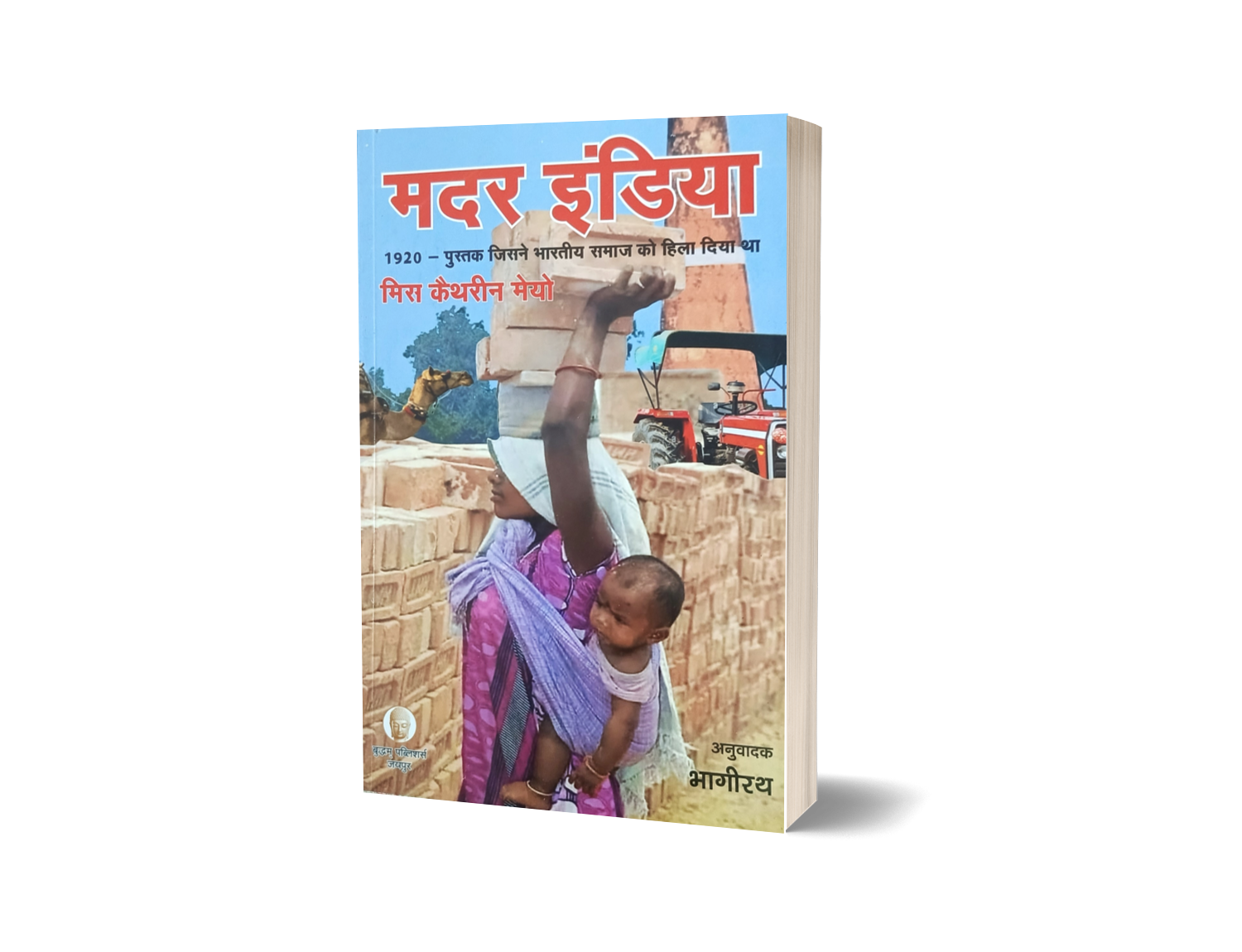

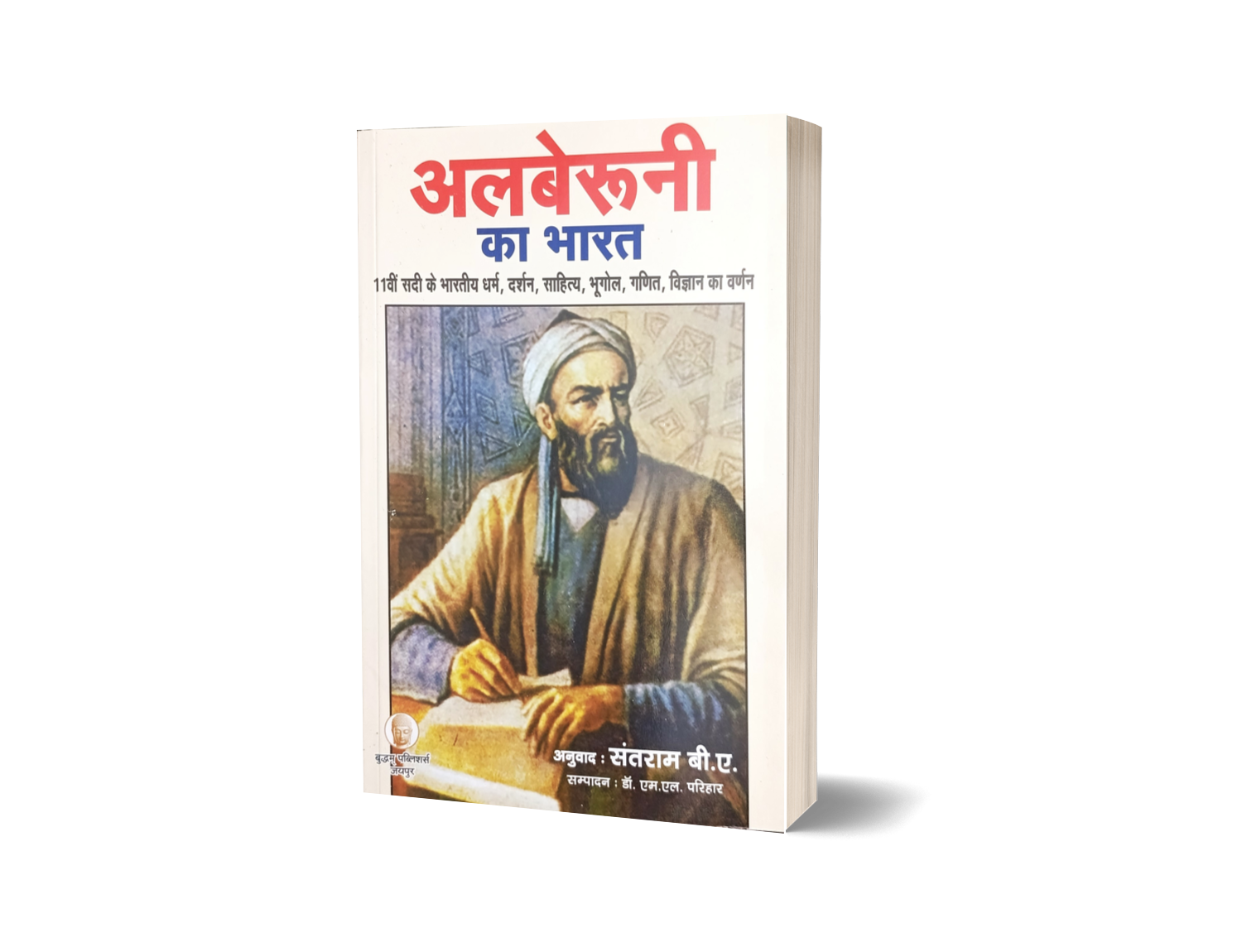

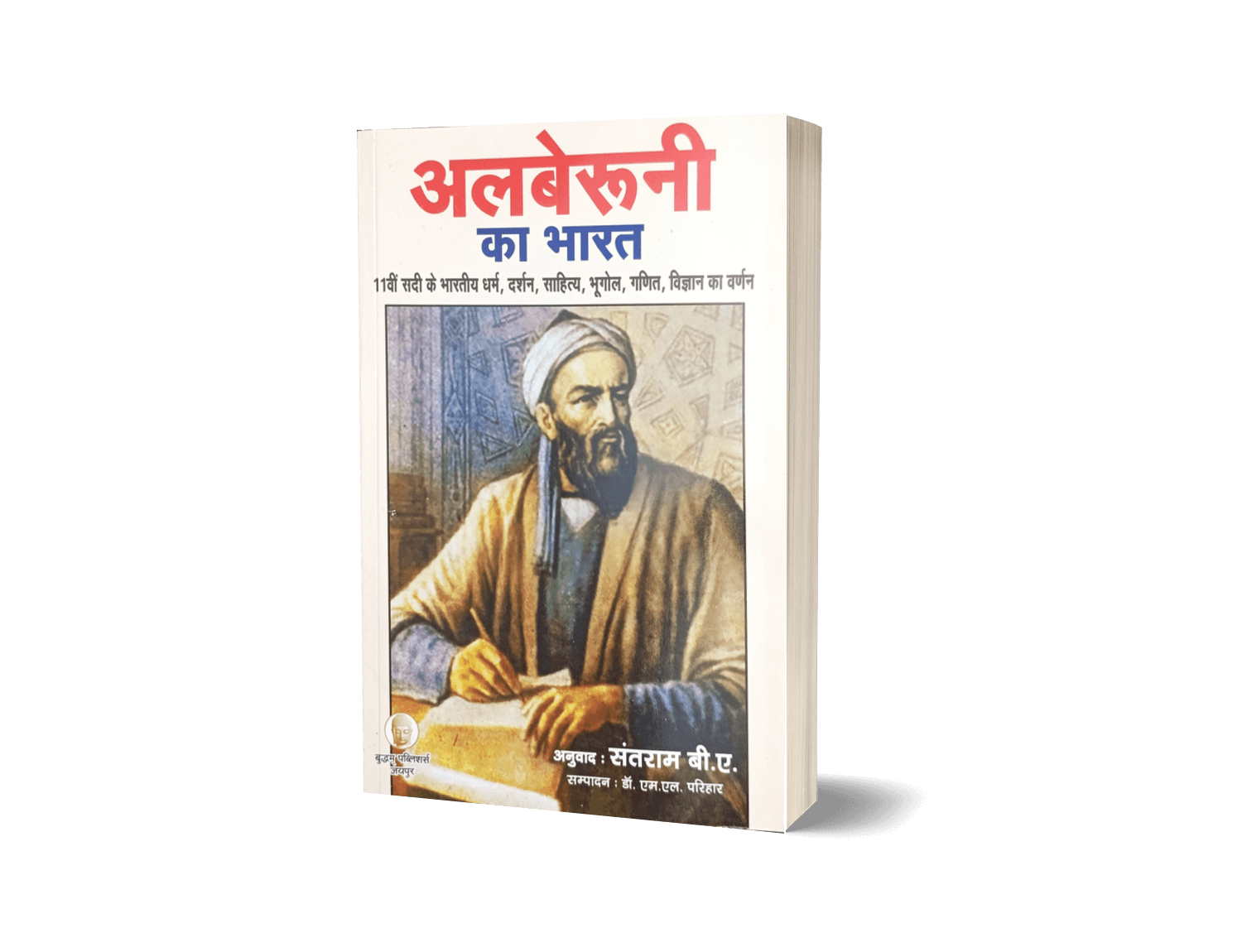
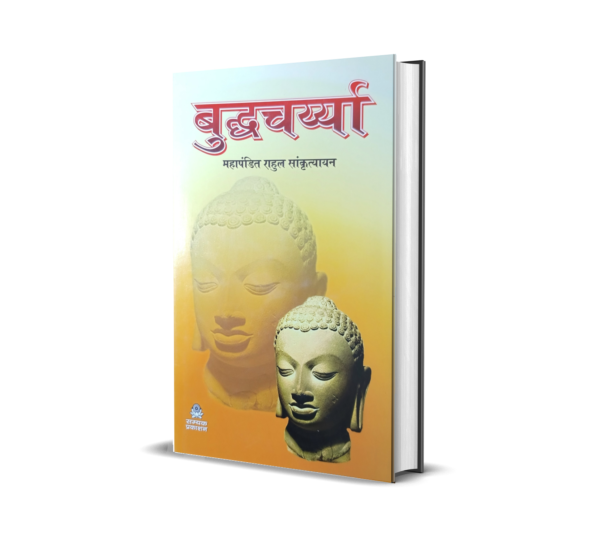



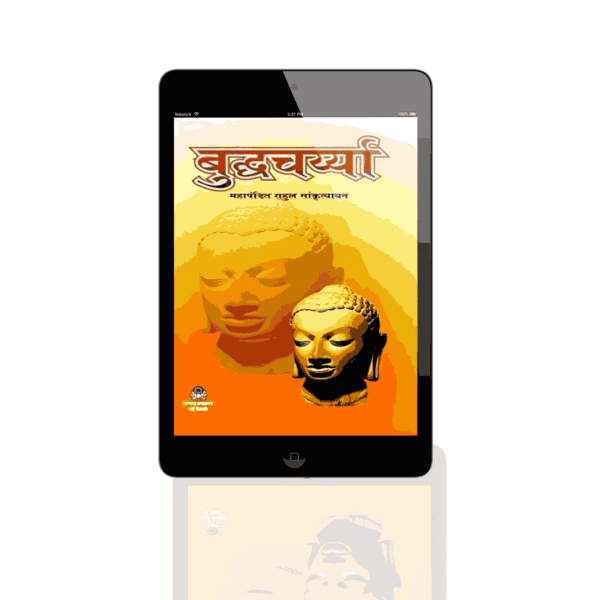
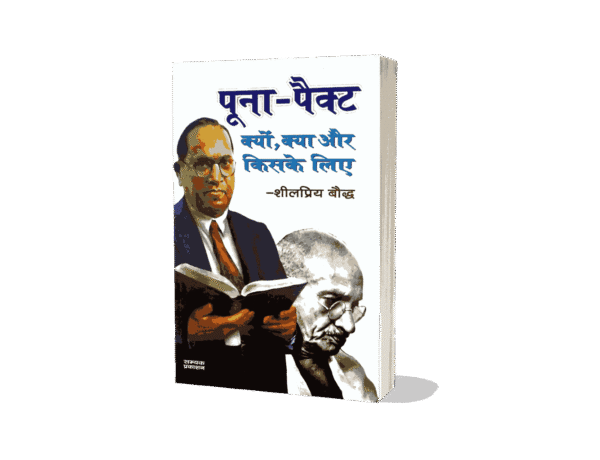
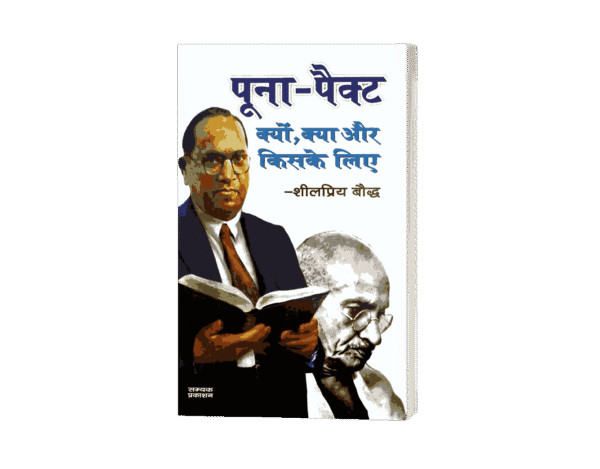
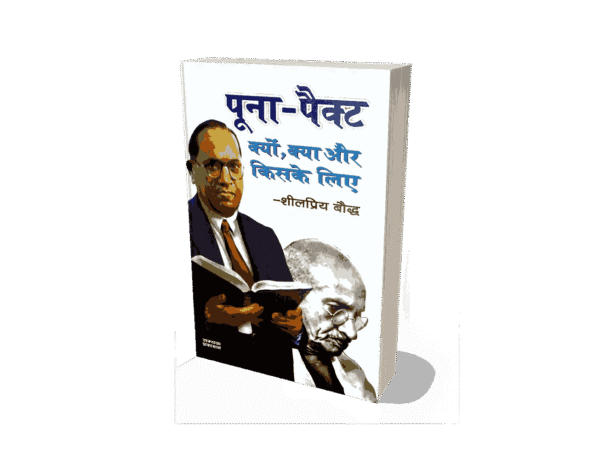
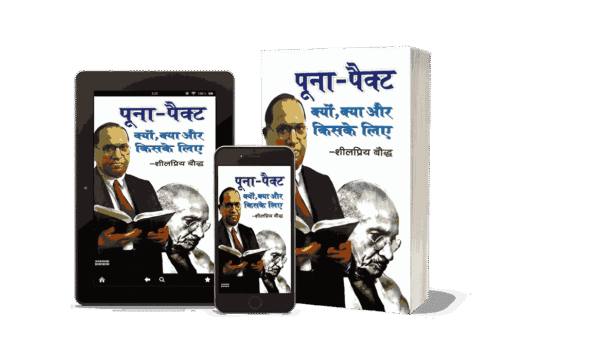

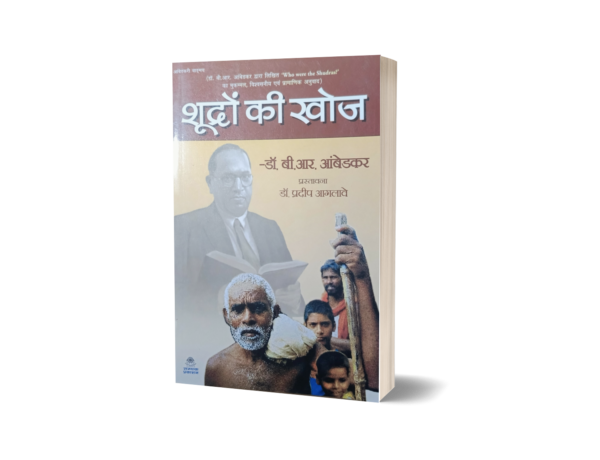
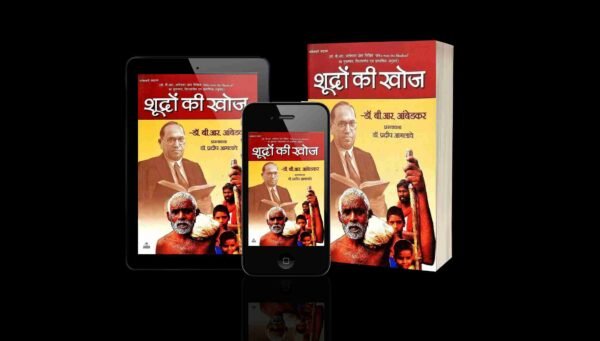

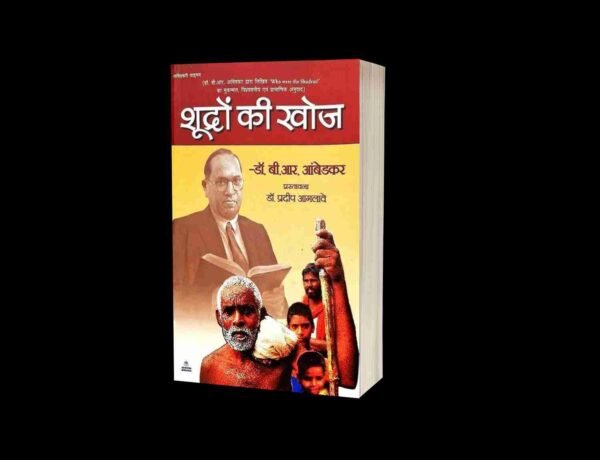


Reviews
There are no reviews yet.